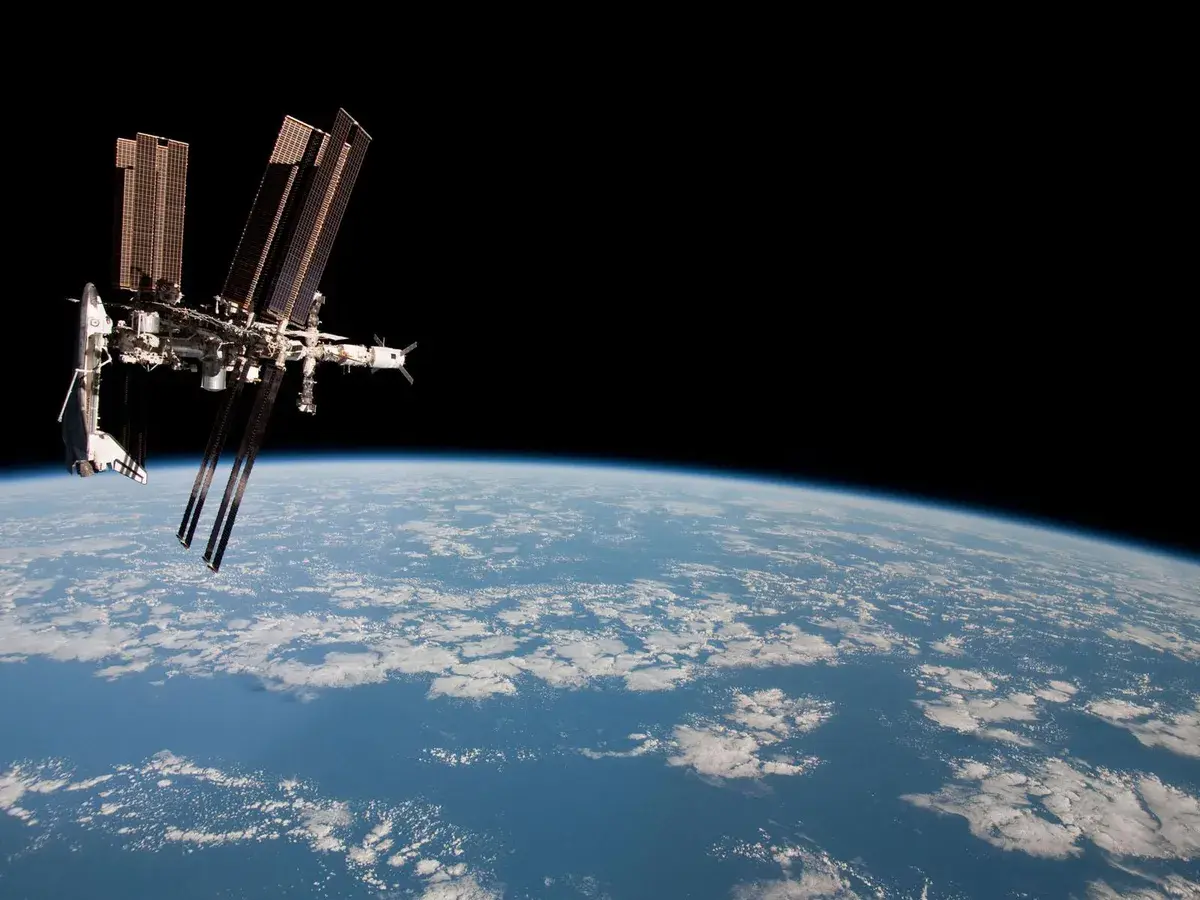If you have driven a car with Apple CarPlay, you know that it drastically simplifies integrating...
How AI and Geospatial Tech Are Transforming Carbon Measurement and Ag Supply Chains

In a rapidly evolving agricultural landscape, technology is driving efficiency and sustainability. AgTech Talk by AgriBusiness Global sat down with Ofer Judovits, Co-founder and CEO of Marvin, to discuss how geospatial and satellite data with artificial intelligence (AI) is revolutionizing the ag industry.
ABG: Could you elaborate on how geospatial and satellite data with AI is transforming carbon measurement, crop inputs, and supply chain optimization?
Ofer Judovits: Two major technological revolutions are unfolding in parallel. The first is the rapid evolution of space technology, fueled by advancements in sensor miniaturization and deployment. SpaceX’s high-frequency rocket launches have drastically lowered the cost of launching microwave-sized sensors, making high-resolution, real-time Earth observation data more accessible than ever. This shift is democratizing spaceborne analytics, unlocking new applications across climate monitoring, precision agriculture, supply chain intelligence, and risk assessment — industries previously constrained by cost and data scarcity.
Satellite technology has evolved beyond traditional imagery. High-resolution thermal sensors now enable precise measurement of land surface temperatures, providing critical insights for agriculture, forestry, and climate monitoring. LiDAR technology is particularly valuable in cloud-heavy regions like Latin America, as it penetrates cloud cover to generate highly accurate, time-series elevation and biomass data, essential for deforestation tracking and land-use planning. Additionally, ground-penetrating radar (GPR) enhances our ability to analyze subsurface soil characteristics, offering key data for carbon sequestration, irrigation management, and infrastructure resilience. These advancements significantly enhance geospatial intelligence and decision-making across industries.
AI adoption is accelerating, with computer vision and deep learning becoming mainstream. When combined with advanced sensors and diverse data sources, AI can unlock powerful insights — but raw data alone has limited value. Business logic and contextual intelligence are essential to translate data into actionable strategies.
This is where platforms play a critical role. They transform raw data into real-world solutions, enabling everything from yield forecasting and risk assessment to vendor screening and compliance monitoring. By integrating AI-driven analytics with supply chain dynamics, these platforms can predict market fluctuations, optimize resource allocation, and enhance regulatory adherence. For large enterprises, this means proactive, data-driven decision-making at scale, turning AI into a true competitive advantage.
EDITOR’S TAKE:
From time-to-time, we like to feature the latest technology and innovation that will drive agriculture well into the future. This discussion clearly outlines how the convergence of sensor technology, combined with geospatial observation via satellite and the use of artificial intelligence will not only provide better raw data but also transform that data into strategies that can drive better management decisions. The farmer/rancher will then activate such decisions vis a vis other technologies designed for that purpose. It simply goes to show that when it comes to adopting technology and using the latest improvements, agriculture is always in the forefront. You too should be in the forefront by emphasizing how your trucks can also help that farmer/rancher be more efficient and productive.







